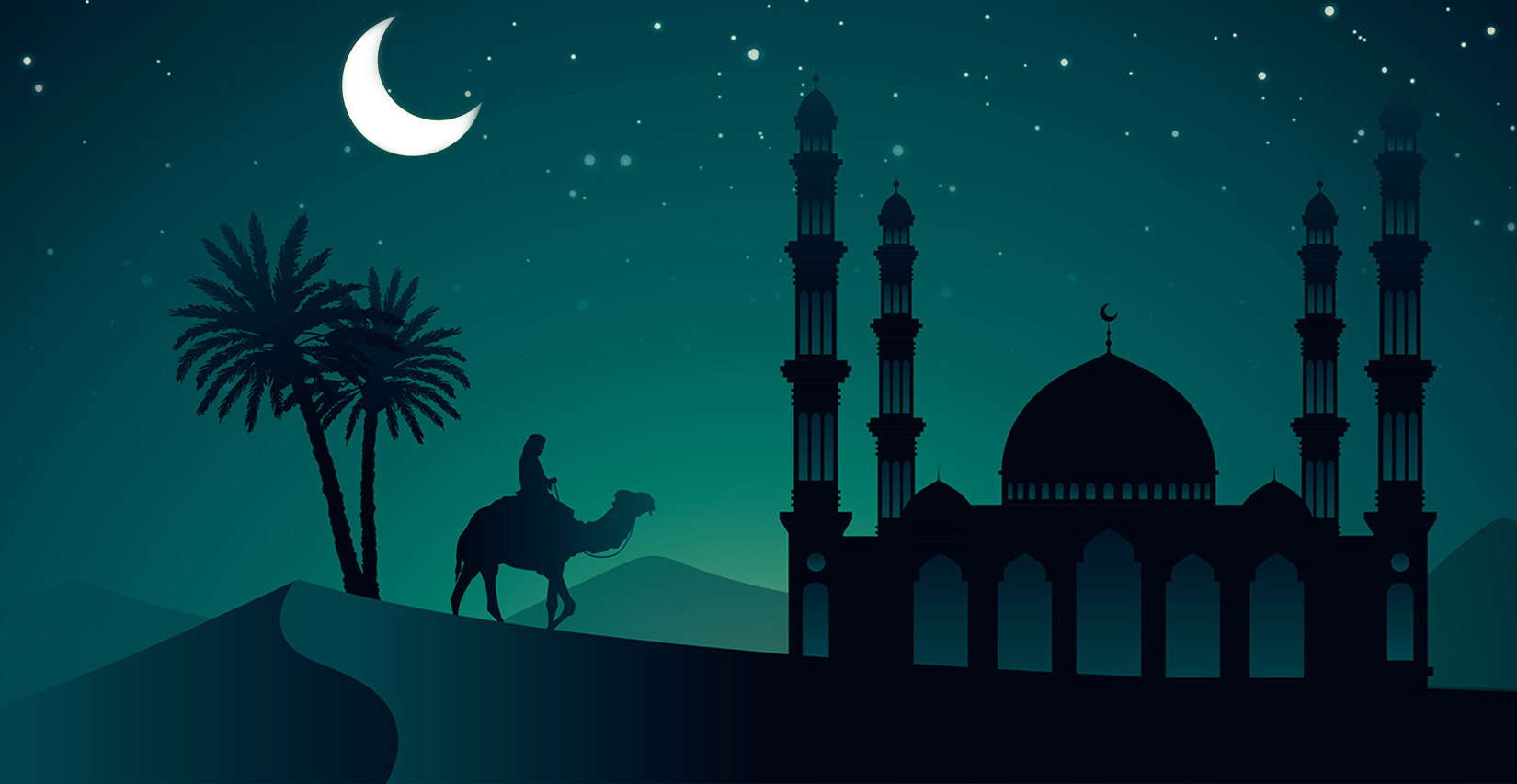Most of us have felt the pull of serialised content on Netflix in recent years, but the concept has been around for thousands of years in the history and folklore of different cultures.
One of the most well-known examples is the collection of Arabian Nights tales from the Islamic Golden Age. The stories ranged from historical tales to tragic romances, murder mysteries and comedies. They were an amazing collection of enchanting, engaging and sometimes barbaric stories that transported you to fantastical foreign lands with rich, memorable characters. One of the most famous tales from Arabian Nights is the tale of Aladdin. Disney made it into a series of animated movies and this month the Guy Ritchie- directed version starring Will Smith hit our screens.
The story of Shahryar and Scheherazade
Arabian Nights is famous for having stories within stories (Aladdin, Sinbad the Sailor and Ali Baba probably being the most famous), but the frame story for all the stories in Arabian Nights is that of Shahryar and Scheherazade – and it’s the common thread between each edition of Nights. The story goes like this…
Shahryar was a king who ruled over India and China. One day he becomes aware that his wife has been cheating on him, so he has her executed. Afterwards he loses the plot and in an angry, delusional state decides all women are guilty and must be executed (I warned you they were barbaric). Shahryar marries and executes several wives, each on the morning after they are married, before they have time to cheat on him. When the king eventually takes Scheherazade as his wife, she tells him a story on the night of their marriage, but she doesn’t to finish it. She cleverly leaves him with a cliff-hanger to ensure Shahryar postpones her execution to find out the end of the story. The next night she finishes her story but begins a new one, and Shahryar again postpones her execution. Scheherazade cleverly weaves stories within stories, becoming a master of intrigue and mystery and they continue this for 1,001 nights. Scheherazade effectively becomes the chief storyteller, although each story she tells has another story and storyteller within it, so that there are layers upon layers, stories within stories.
Centuries later Charles Dickens used the serialised content format for Pickwick Papers with great success, and in the 1930s Irna Phillips created the serialised soap opera format on radio.
Whilst we live in different times the most fascinating thing about Arabian Nights is how the stories are ingeniously serialised to build mystery and intrigue.
Why is serialising our content important?
So often we fail to do this in business storytelling and in our content marketing. When we’re doing presentations we put it all out there rather than using the “curiosity gap” principle and leaving some things to our audience’s imagination. Leaving them desperate for more. We fail to use the power of serialisation in our content marketing when we send out newsletters or blogs that are all too often one work wonders. We don’t write them as a series, with a common theme and over-arching narrative. We fail to appeal to our reader’s curiosity by teasing out the next instalment. One of the most obvious ways to do this is to include a comment at the end of your blog or newsletter alluding to what’s coming up in the next instalment. Just give half the upcoming story away, not the full story. Be provocative, don’t fully disclose.
Done well, serialised content can make your business communications work so much harder, and make them far more engaging. Serialisation helps to build an ongoing relationship with your audience by creating anticipation of what’s coming next.

